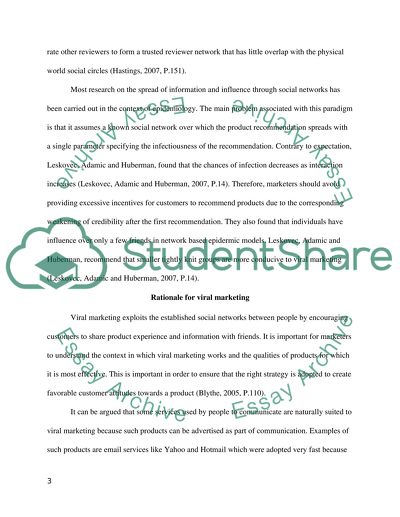Cite this document
(“Strengths and weaknesses of viral marketing Essay”, n.d.)
Strengths and weaknesses of viral marketing Essay. Retrieved from https://studentshare.org/marketing/1470527-strengths-and-weaknesses-of-viral-marketing
Strengths and weaknesses of viral marketing Essay. Retrieved from https://studentshare.org/marketing/1470527-strengths-and-weaknesses-of-viral-marketing
(Strengths and Weaknesses of Viral Marketing Essay)
Strengths and Weaknesses of Viral Marketing Essay. https://studentshare.org/marketing/1470527-strengths-and-weaknesses-of-viral-marketing.
Strengths and Weaknesses of Viral Marketing Essay. https://studentshare.org/marketing/1470527-strengths-and-weaknesses-of-viral-marketing.
“Strengths and Weaknesses of Viral Marketing Essay”, n.d. https://studentshare.org/marketing/1470527-strengths-and-weaknesses-of-viral-marketing.


